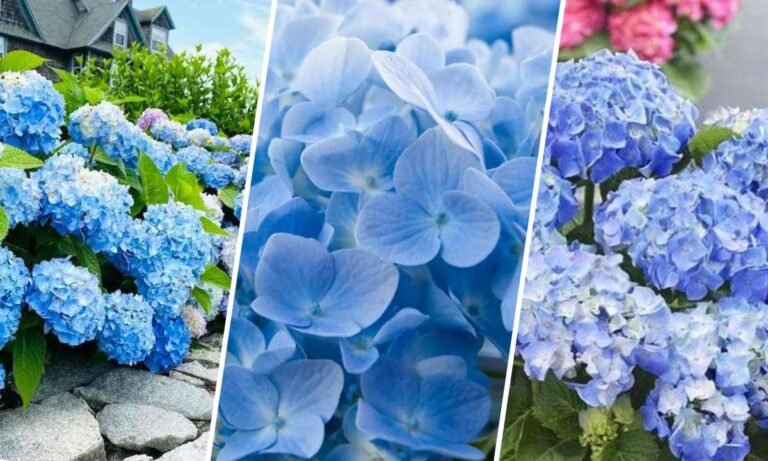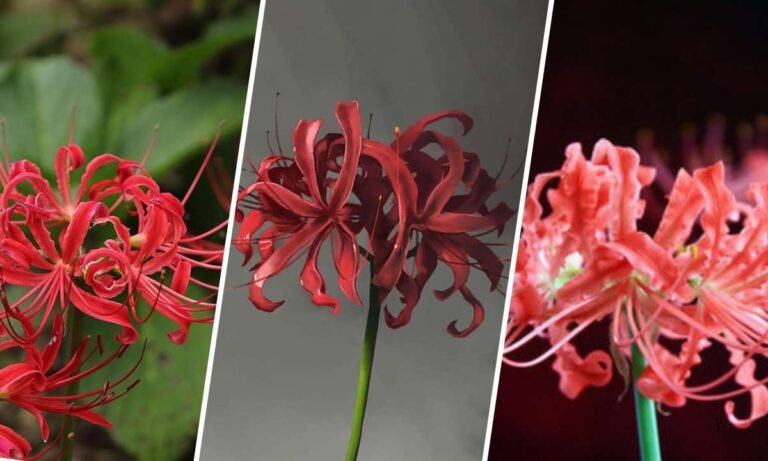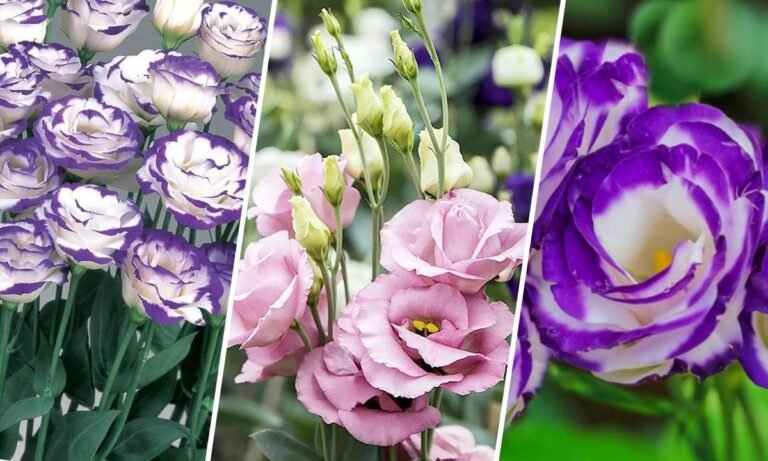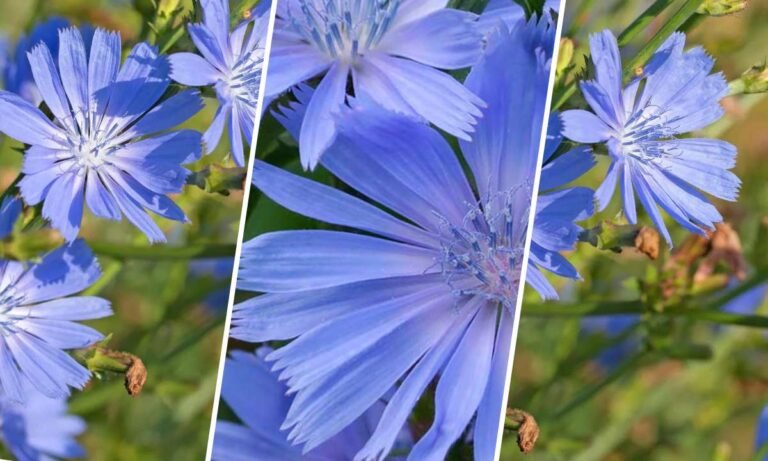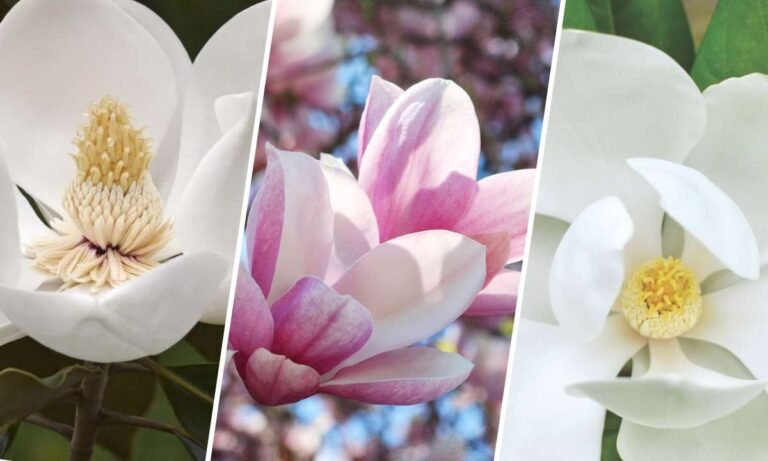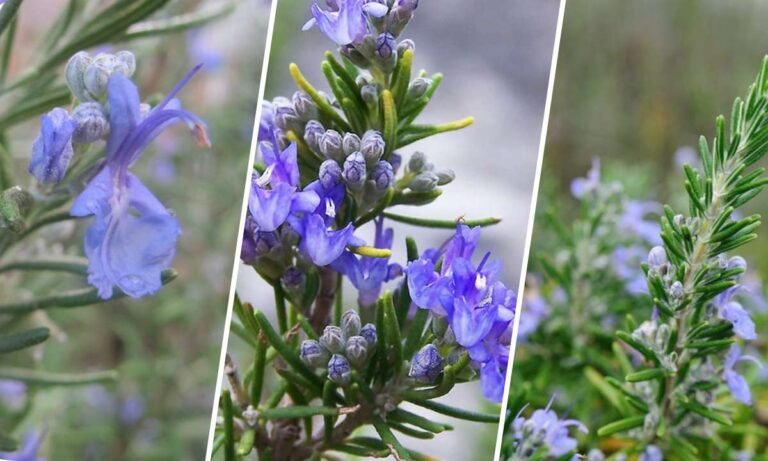Have you ever seen the delicate, lace-like flowers of Queen Anne’s Lace? Also known as wild carrot, this charming wildflower is more than just a pretty face. It has a rich history, deep symbolism, and cultural significance that stretches back for centuries. Let’s dive into what makes Queen Anne’s Lace so special.
The Beauty of Queen Anne’s Lace
Queen Anne’s Lace, with the scientific name Daucus carota, is a biennial plant from the Apiaceae family. It’s known for its stunning clusters of small, white flowers that look like delicate lace doilies. These flowers bloom from late spring to early autumn, and the plant’s fern-like leaves add to its elegant look.
Where It Grows and How It Thrives
This hardy plant can grow in many different places, from meadows to roadsides. It likes well-drained soil and full sunlight, though it can also handle a bit of shade. Originally from Europe, Queen Anne’s Lace has spread across North America, where it’s sometimes seen as invasive because it grows so abundantly.
A Glimpse into History and Folklore
The Legend Behind Its Name
The name “Queen Anne’s Lace” comes from a lovely legend about Queen Anne of England. The story goes that Queen Anne tried to make lace as beautiful as the flowers. While working on it, she pricked her finger, and a drop of blood fell onto the lace. This little drop is said to resemble the tiny red or purple floret in the center of the flower’s cluster.
Medicinal Uses from the Past
Long ago, people used Queen Anne’s Lace for its medicinal properties. The roots, which are related to the carrots we eat today, were used in folk medicine. People believed it could help with kidney stones, digestion issues, and even act as a natural contraceptive.
What Queen Anne’s Lace Symbolizes
A Symbol of Safety and Sanctuary
In the language of flowers, Queen Anne’s Lace represents protection and safety. Its delicate blooms are often used in arrangements to convey a sense of refuge and care.
Grace and Femininity
The flower’s lace-like appearance also symbolizes femininity and grace. It’s a popular choice for bridal bouquets and ceremonies, representing purity, elegance, and the intricate beauty of nature.
A Touch of Fantasy and Whimsy
Queen Anne’s Lace also stands for fantasy and whimsy. Its airy, floating clusters bring to mind magical and enchanting scenes, making it a favorite in garden designs and wildflower meadows.
Queen Anne’s Lace in Art and Literature
Inspiration for Creatives
Artists and writers have been inspired by Queen Anne’s Lace for a long time. Its delicate and intricate beauty appears in paintings, poems, and stories, often symbolizing themes like purity and the fleeting nature of life.
Victorian Art
In the Victorian era, Queen Anne’s Lace was a popular subject for botanical illustrations and floral designs. It featured prominently in Victorian wallpaper and fabrics, reflecting the period’s fascination with nature.
Growing Queen Anne’s Lace in Your Garden
How to Plant and Care
If you want to grow Queen Anne’s Lace in your garden, it’s quite easy. Sow the seeds in early spring or fall. The seeds need light to sprout, so just scatter them on the soil and press them down gently. Keep the soil moist until the seeds germinate, which usually takes about 2-3 weeks.
Maintenance Tips
Once it’s grown, Queen Anne’s Lace doesn’t need much care. It’s drought-tolerant and can grow in poor soil, but watch out for its tendency to spread. To keep it in check, deadhead the flowers before they go to seed.
Uses and Benefits of Queen Anne’s Lace
Ornamental Beauty
Queen Anne’s Lace is cherished for its beauty. It’s great for floral arrangements, adding a lovely texture and contrast to other flowers. It also works well in dried flower arrangements because of its intricate structure and lasting appeal.
Ecological Benefits
Besides being beautiful, Queen Anne’s Lace supports local ecosystems. It attracts beneficial insects like bees, butterflies, and ladybugs, which help with pollination and pest control. Plus, its deep roots improve soil health.
Culinary and Medicinal Uses
Although it’s mainly known for its beauty, Queen Anne’s Lace has some culinary and medicinal uses too. The young roots can be eaten like carrots, and the seeds can be used as a spice. But be careful, as it looks similar to the poisonous hemlock plant.
In Conclusion
Queen Anne’s Lace is more than just a wildflower. It’s a symbol of grace, protection, and natural beauty. Whether you admire it for its ornamental value, ecological benefits, or rich history, this flower continues to inspire and enchant.

